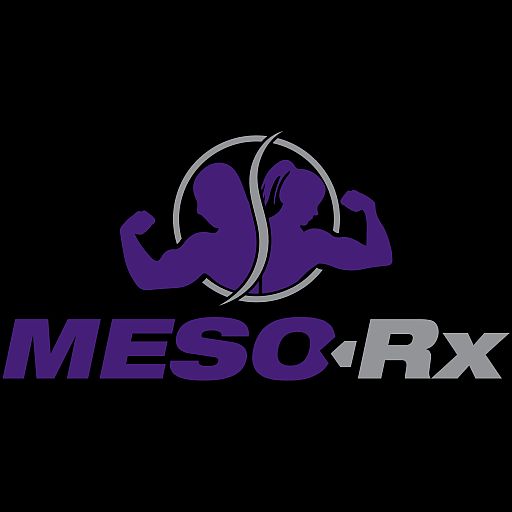Type-IIx
Member
Fragile, are we?
I never said that the data existed, just that this is not useful. What's the point of knowing what %ile we fall into for TT dose/response?
I agree that using calculated fT is valuable. From that agreement, what I think would have been a more friendly gesture from you here would have been to build common ground on our shared contempt for the literature's absence of calculated fT (rather than relying on unreliable assays) dispersion by age.
Instead, you went with a different choice - not the olive branch.
I never said that the data existed, just that this is not useful. What's the point of knowing what %ile we fall into for TT dose/response?
How have you summarized that TT dose/response is useful?And as you know getting that FT dose response chart (I did mention it above) is hard to come by since we still don't have harmonized FT measurement methods. Care to point me to the extensive literature we can mine for accurate confidence intervals much less asking for user data. Nope, the fact is we just recently harmonized TT and the historical precedent of
FT = f(TT, SHBG)
Is still firmly entrenched even though it is backwards.
Try getting everyone to understand FT measurement by ED or even why cFTV still is the best calculator we have. I still can't get most to understand why their direct FT test is about a factor of 7 off from what would be expected if FT/TT is typically 2 to 3%.
I appreciate your comments though.
In summary, TT dose response useless?
I agree that using calculated fT is valuable. From that agreement, what I think would have been a more friendly gesture from you here would have been to build common ground on our shared contempt for the literature's absence of calculated fT (rather than relying on unreliable assays) dispersion by age.
Instead, you went with a different choice - not the olive branch.
What if the bro in question is an outlier? This data isn't useful for determining quality or veracity of gear. They still need HPLC.Hardly. But to your point it is clouded by SHBG variation. What we would like (yes no good deed goes unpunished-- i get it) instead is FT dose response which would then not have the SHBG baggage built in and would depend on true PK parameters...clearance and distribution volume. These later two clearly change with age and affect how men process exogenous T. Now if we can get guys to understand this instead of using terms like hyperexcretets and such we will be in business.
The correct paradigm (in contrast to above) is
TT = f(FT, SHBG)
Let me know if you want to talk shop on FT situation fron a clinical perspective. That is fun. Happy to get your feedback but I give it a C. Calling TT dose response useless is a stretch.
If anything it nice sets up the procedure to do what you what you suggest with age adjusted FT intervals. And besides the Bros can see if there gear is bunk. Handy tool.




